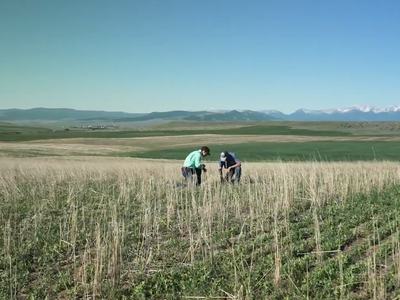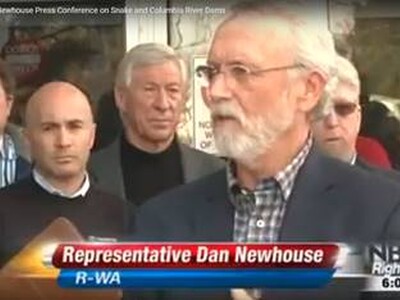Record Beef Sales & Vilsack on Budget for Farm Bill
Record Beef Sales & Vilsack on Budget for Farm Bill plus Food Forethought. I’m Greg Martin with today’s Northwest Report.
Yesterday the buzz was all about the President’s budget for 2013 and depending on whether you see blue or red it was either great or terrible. Ag Secretary Tom Vilsack immediately held a press conference to help push his boss’ new budget and the topic of the Farm Bill came up. Vilsack said he will continue to work with Congress to get a bill passed and bottom line, what it needed.
VILSACK: Strong safety net, continued commitment to conservation, understanding the importance of trade, putting emphasis on research and making sure that we continue to build the momentum that we’re seeing from the bio-economy and others in rural unemployment going down at a faster rate than the rest of the country.
Gross sales of beef in Baker County topped $50 million in 2011, the highest yield on record. Oregon Cattlemen’s Association president Curt Martin said economists told him the favorable market conditions are likely to persist for at least the next two years, and possibly longer.The gross sales number tops the previous mark of $49.3 million in 2007, according to the Oregon Agricultural Information Network of the Oregon State University Extension Service. Shrinking herds and rising prices have propelled the boom.
Now with today’s Food Forethought, here’s Lacy Gray.
Once again the oil companies win out. Last week the House Science Committee passed legislation that would require the Environmental Protection Agency to perform yet additional testing on the ethanol fuel blend E15 before use is allowed. National Corn Growers are disappointed over the legislation, and rightly so. E15 has been thoroughly tested and retested by the EPA, and approved for use in vehicles. Perhaps that’s why its use is being blocked so vehemently. This bill will require the National Academies of Science to conduct further research comparing mid-level ethanol blends to blends containing ten percent and zero ethanol. Their findings would then go back to the House Science Committee a full eighteen months after enactment of the legislation, involving time and effort that is merely prolonging the inevitable. The day will finally come when no amount of lobbying and political pressure will stop the increase and eventual primary use of renewable fuels in the world market. Ethanol may have its own problems, but if it were between corn ethanol and energy from strictly fossil fuels, I’d pick corn.
Thanks Lacy. That’s today’s Northwest Report. I’m Greg Martin on the Ag Information Network.














